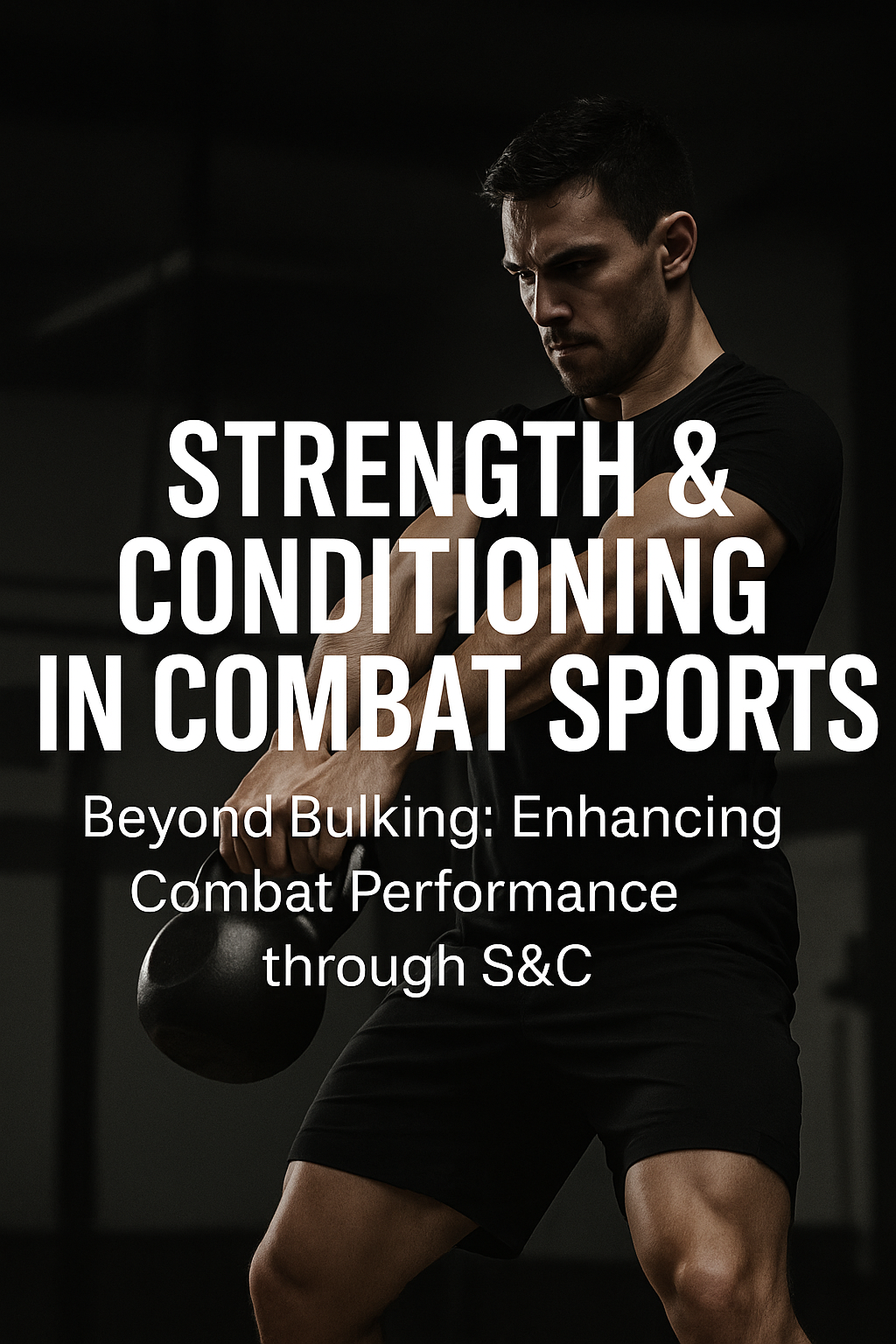In combat sports, the objective isn't to build massive muscles but to develop a body capable of delivering explosive power, enduring grueling rounds, and executing precise movements. Integrating strength and conditioning (S&C) into training regimens is essential for enhancing neuromuscular efficiency, explosive power, and endurance.
1. Neuromuscular Efficiency:
Neuromuscular efficiency refers to the ability of the nervous system to effectively recruit muscle fibers to produce force. Improving this efficiency enhances coordination, reaction time, and overall performance.
-
Training Strategies:
-
Incorporate exercises that mimic fight movements to improve motor unit recruitment.
-
Utilize plyometric drills to enhance the stretch-shortening cycle of muscles.
-
2. Explosive Power:
Explosive power is crucial for delivering impactful strikes and executing swift takedowns. Developing this attribute involves training the body's ability to generate force rapidly.
-
Training Strategies:
-
Implement Olympic lifts like cleans and snatches to develop whole-body power.
-
Use medicine ball throws and jump squats to target specific muscle groups.
-
3. Endurance:
Endurance allows fighters to maintain high performance levels throughout a match. It's not just about cardiovascular fitness but also muscular endurance.
-
Training Strategies:
-
Incorporate high-intensity interval training (HIIT) to simulate fight conditions.
-
Use circuit training with minimal rest to build both aerobic and anaerobic capacity.
-
4. Integrating S&C into Combat Training:
Balancing S&C with technical training ensures that improvements in strength and endurance translate effectively into combat scenarios.
-
Approach:
-
Periodize training to align strength gains with fight schedules.
-
Collaborate with coaches to tailor S&C programs to individual fighter needs.
-
Conclusion:
Strength and conditioning are pivotal in elevating a combat athlete's performance. By focusing on neuromuscular efficiency, explosive power, and endurance, fighters can gain a competitive edge without unnecessary bulk.
References:
-
Turner, A. N. (2011). Strength and conditioning for Muay Thai athletes. Strength and Conditioning Journal, 33(1), 42-52.
-
Kraemer, W. J., & Ratamess, N. A. (2004). Fundamentals of resistance training: progression and exercise prescription. Medicine & Science in Sports & Exercise, 36(4), 674-688.
-
Laursen, P. B., & Jenkins, D. G. (2002). The scientific basis for high-intensity interval training. Sports Medicine, 32(1), 53-73.


Leave Your Comment